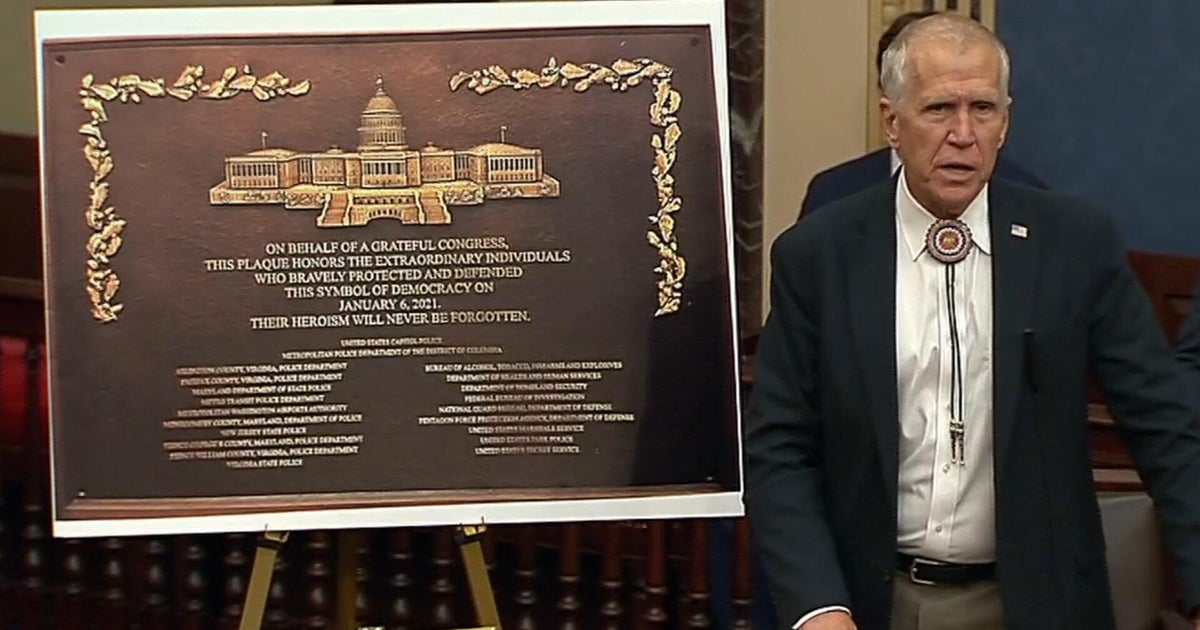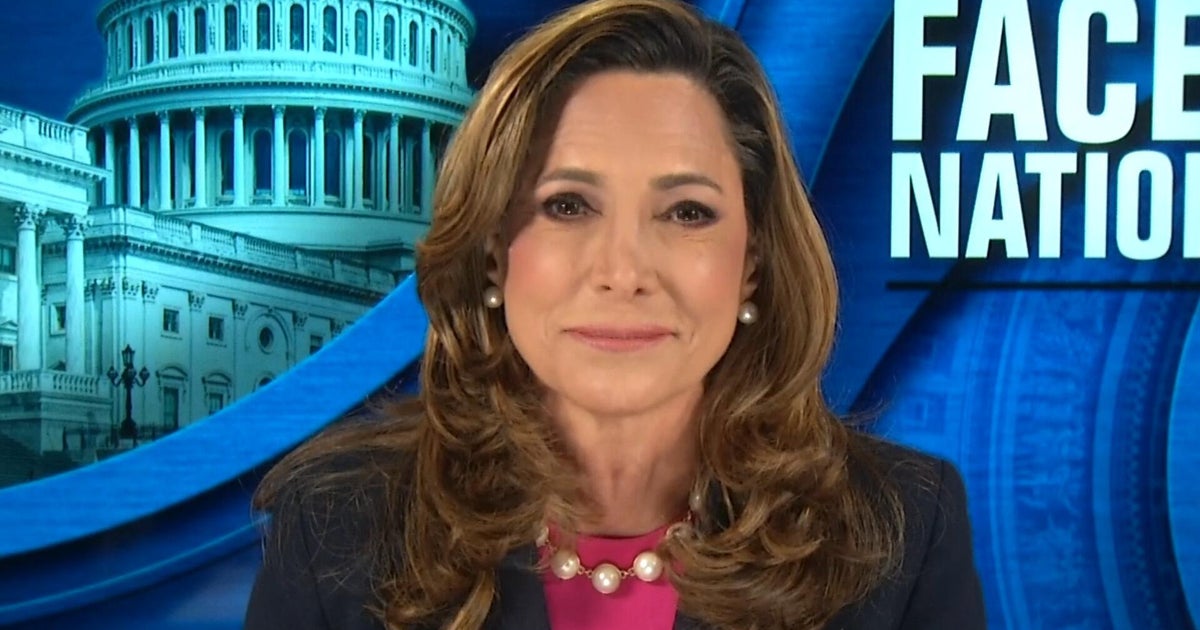Not the retiring type: the men who won’t stop working
We’re sorry, this feature is currently unavailable. We’re working to restore it. Please try again later.
An army of “ageless workers” prepared to stay on the tools well into their 70s is transforming parts of the nation’s workforce and giving employers a new source of labour.
Research compiled by KPMG, released on Thursday, shows that the share of 70-year-old men in paid employment has climbed from one in 10 in 2004 to one in four today. About 10 per cent of men in their late 70s are still working.

“Ageless workers” are filing into the nation’s workforce.Credit: istock
Since 2014-15, the expected age of retirement by men has climbed by 2.2 years to 67. Among women, it has increased by 1.1 years to 65.3 years.
The age pension access age was increased from 65 to 67 between 2017 and 2023 but the expected retirement age also takes into account people who may want to continue working rather than fully retire.
According to KPMG urban economist Terry Rawnsley, while the lift in the age pension access age has affected some people, many others have made an active decision to stay in the workforce well beyond the “official” retirement age.
“The growth in ageless workers isn’t a recent phenomenon that spiked following the cost-of-living pressures of 2023-24. It is a longer-term trend that suggests a structural change to the concept of retirement,” he said.
Older men are more likely to continue working into their 70s. The participation rate – the proportion of people in work or looking for it – among women in their 70s has climbed from 5 per cent in 2014-15 to 9 per cent, while among men it has increased from 11 per cent to 14 per cent.
Rawnsley said changes in the type of work carried out by most people helped explain part of the shift, noting it was easier to pull out a laptop at age 70 rather than work on a housing construction site.
A plan by the Abbott government to lift the retirement age to 70 was abandoned soon after Scott Morrison became prime minister, in part due to complaints that it would force older men who may have spent their careers in manual labour back into work.
Loading
Rawnsley said the pandemic had also affected retirement and working plans.
The expected age of retirement dropped immediately after the end of pandemic-era restrictions as people who had delayed extended holidays were able to carry out their travel plans.
“These ageless workers have since returned from travel and rejoined the workforce, which also explains a rise in the participation rate for older Australians,” Rawnsley said.
The pandemic resulted in a sharp increase in the proportion of people working from home, prompting a pushback from some employees who want their staff to return to the office.
Loading
But Rawnsley cautioned that this could affect older Australians who want to work.
“The adoption of working from home has made many older Australians in professional jobs realise they can ‘semi-retire’ and continue dabbling in the workforce part-time,” he said.
“Many people now have the luxury of semi-retirement where they can do part-time flexible work that can supplement retirement savings, supporting a more comfortable lifestyle and even supporting their children and grandchildren.”
Most Viewed in Politics
Loading


















































